There are more than 1 million restaurants in the U.S., and they’re not only competing with each other but also with affordable dining options like a home-cooked meal.
Considering the many alternatives to any one establishment, restaurant owners need to ask themselves one important question: “Why should people spend their hard-earned dollars to eat our food?”
Good marketing answers that question for hungry consumers – but restaurants don’t just sell consumables, they sell emotions and experiences.
What is restaurant marketing?
Restaurant marketing is the systematic and measurable process of increasing market visibility, attracting new customers and generating revenue. Consistent marketing efforts are essential to any restaurant business plan. Examples of successful restaurant marketing tactics include special promotions, digital engagement campaigns, local search optimization and traditional media.
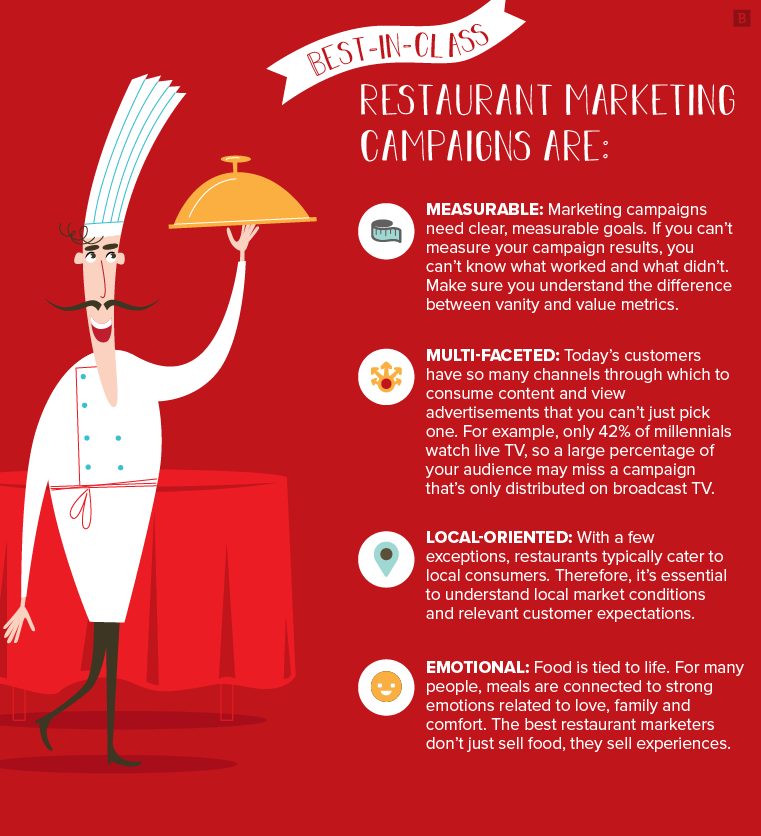
The top restaurant marketing ideas and why they work
Before we dig into specific restaurant marketing tips, let’s identify a few common traits of effective strategies. Best-in-class restaurant marketing campaigns are:
- Measurable: Marketing campaigns need clear, measurable goals. If you can’t measure your campaign results, you can’t know what worked and what didn’t. Make sure you understand the difference between vanity and value metrics.
- Multi-faceted: Today’s customers have so many channels through which to consume content and view advertisements that you can’t just pick one. For example, only 42% of millennials watch live TV, so a large percentage of your audience may miss a campaign that’s only distributed on broadcast TV.
- Local-oriented: With a few exceptions, restaurants typically cater to local consumers. Therefore, it’s essential to understand local market conditions and relevant customer expectations.
- Emotional: Food is tied to life. For many people, meals are connected to strong emotions related to love, family and comfort. The best restaurant marketers don’t just sell food, they sell experiences.
Keeping these key ingredients in mind, let’s explore some tested restaurant marketing ideas:
User-generated visual content
View this post on InstagramYou may need a milkshake this week too. #vegan #heatwave . : @earthyshelley
Why it works: User-generated content provides social proof that people trust your brand. Millennials trust user-generated content 50% more than any other form of media.
When you let your customers share your brand story with the world, it provides undeniable proof that your offerings are worth talking about. This type of content can take the form of reviews, Instagam Stories/posts and blog posts.
Loyalty programs
☕️ We wouldn’t advise going for all nine stamps in one day, but you coffee lovers will want to pick up a punch card to earn that FREE drink! ☕️ #cincinnaticoffee pic.twitter.com/B4GhM35ofC
— Bean & Barley (@Bean_Barley) August 22, 2019
Why it works: Loyalty programs drive repeat sales from your existing customer base. Roughly 80% of American adults belong to a loyalty program.
People love rewards – it’s built into our DNA. Loyalty programs encourage your customers to return again and again, which drives consistent revenue.
Google Maps business profile
Why it works: When people get hungry, they’re likely to turn to a navigational app to find the nearest eateries. Compared with other apps, Google Maps is six times more popular with smartphone users.
The rising importance of local SEO is helping small businesses compete with larger brands. A thorough Google Maps profile makes your restaurant more likely to appear in search engine results pages.
Partnering with local food bloggers
View this post on Instagramhappy #nationalicecream day! {rainbow chip at @prettycoolicecream} || #icecream #fabfoodchicago
Why it works: Getting the approval of a local food blogger greatly extends the reach of your restaurant brand.
Food bloggers help customers decide where to spend their money for a memorable meal. Inviting bloggers to have a meal at your establishment shows that you’re willing to stake your reputation on the strength of your offerings.
Responsive online menus

Why it works: Modern customers expect intuitive digital experiences from the brands they buy from. Digital-friendly menus make it easy for customers to learn about your brand.
When customers know what to expect from your restaurant, they can make a decision to dine with you more quickly. Rather than taking a picture of your physical menus, consider building a digital version that displays well on mobile devices.
Digital coupons
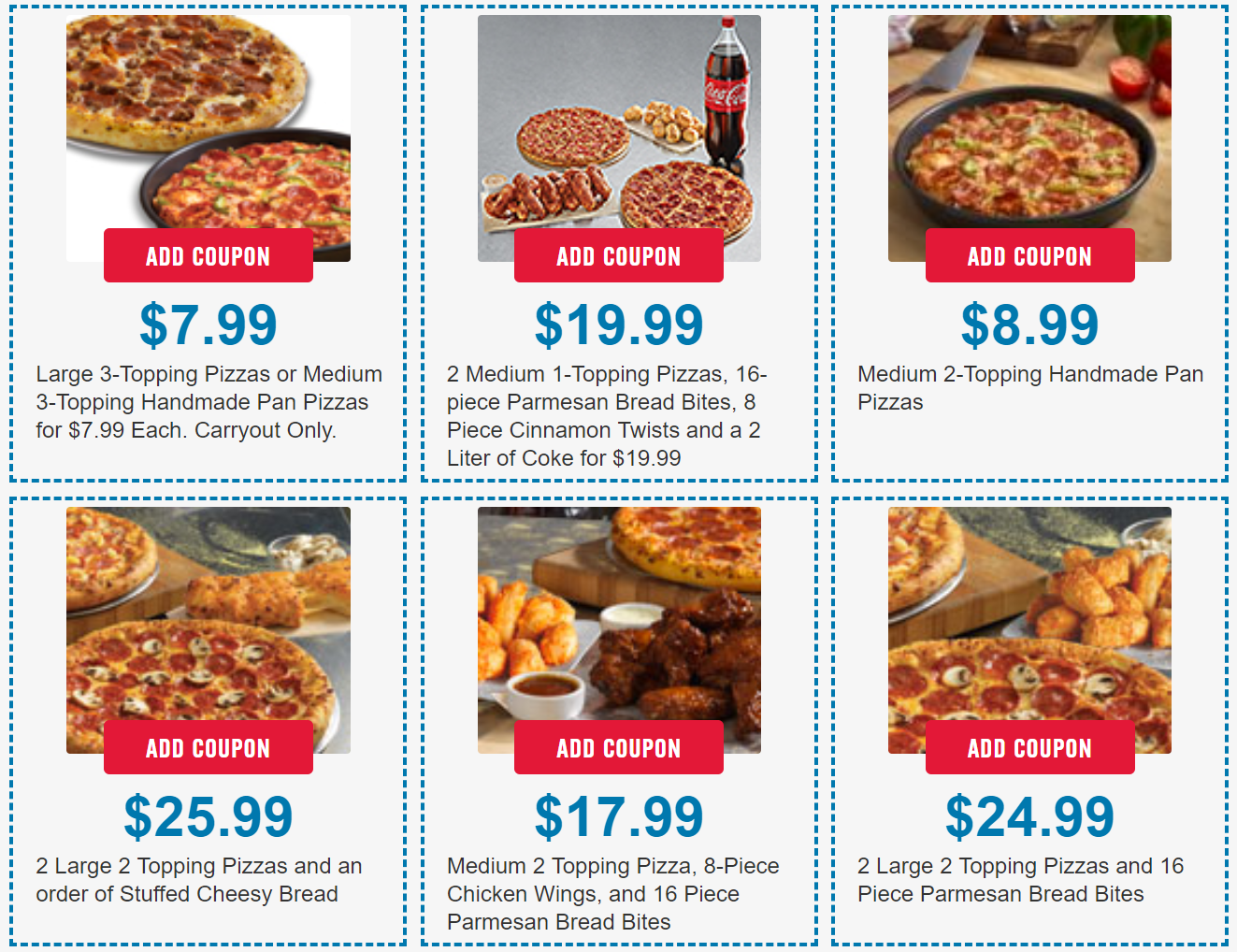
Why it works: When customers are deciding between two or more places to eat, a coupon can help them make their decision. Approximately 90% of consumers use coupons.
Digital coupons are easier to use than traditional coupons, plus you can track coupon analytics more easily. They represent a great way to get new customers in the door when they might otherwise hesitate to do so.
Delivery service partnerships

Why it works: A delivery option expands your customer base beyond people who want to dine out. Partnering with a third-party delivery service has been shown to raise restaurant sales volume by 10% to 20%.
Traditionally, smaller restaurants have had to choose between offering an in-house delivery service or focusing solely on serving guests in the dining room. Third-party delivery apps facilitate more flexible service options.
Local business outreach
Why it works: If you can gain the loyalty of the people who work near your restaurant, you’ll have a dedicated lunch crowd.
Reaching out to the businesses that operate near your restaurant can open up a new pool of potential customers. Outreach options can be as simple as a fishbowl for business cards or a more formal discount arrangement.
Most of these ideas will work for full-service restaurants as well as fast-casual establishments. But how do you know when to use each tactic? And how many tactics should you use at any given time? Pulling several marketing ideas together into a cohesive strategy is key to long-term success.
Restaurant marketing strategy examples
Marketing strategies tend to fail when they don’t have any formal structure. If you’re only reacting to market conditions you can never really get ahead. For instance, if another restaurant opens up nearby and starts taking all of your lunch-hour customers, you might quickly cobble together a strategy for quickly winning them back.
However, if you plan your marketing from a growth mindset, you can build your customer base over time, rather than in response to outside factors.
Content marketing
Digital content helps potential customers to find your brand. Content can take many forms, such as:
- Blog articles.
- Podcasts.
- Videos.
- Email.
- Infographics.
Each one of these asset types can help customers make a purchase decision by providing answers to common questions, showing off your best dishes and helping people identify with your brand.
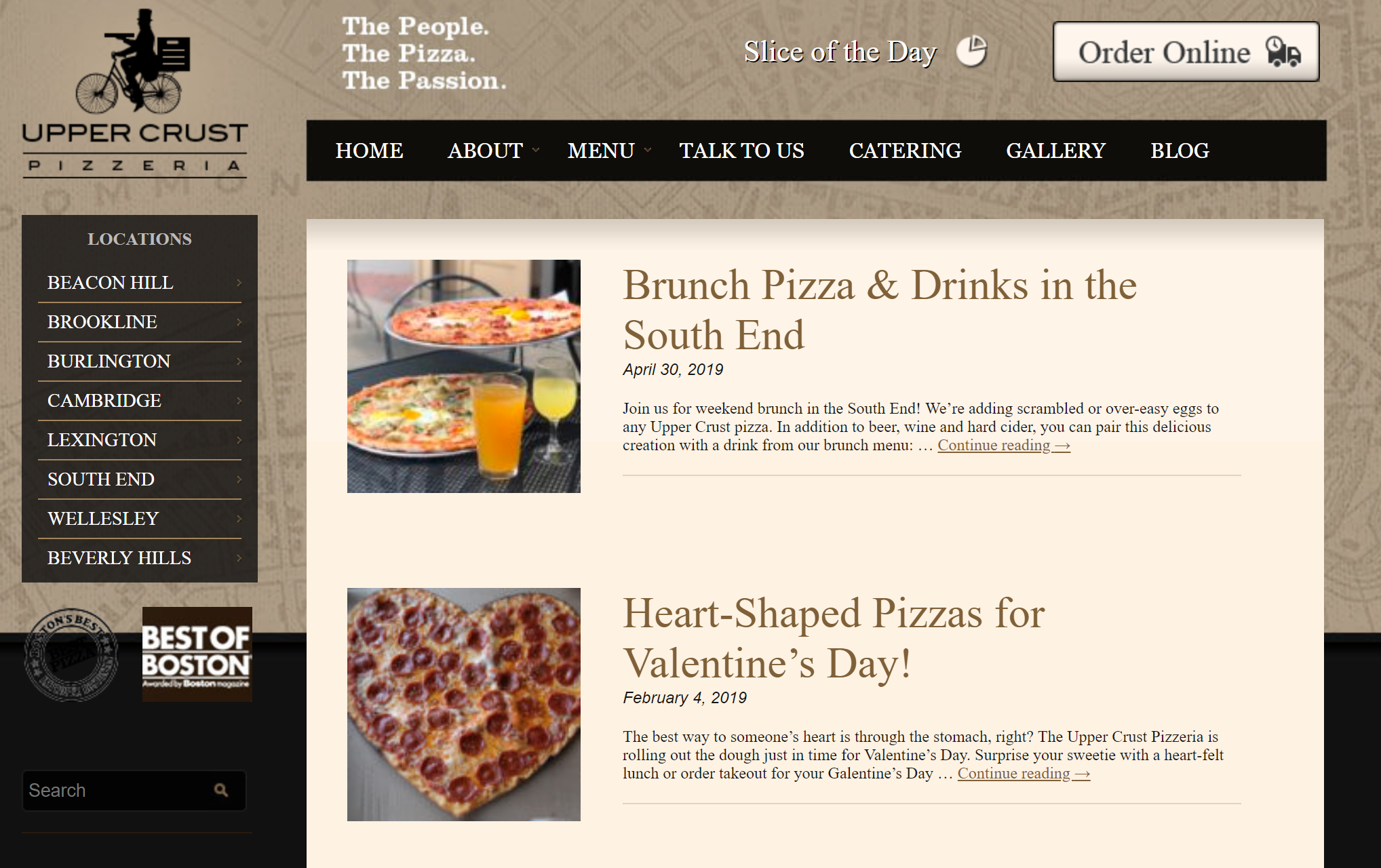
For example, you could create a series of blog posts that show customers how you developed your menu, and explain the stories behind each dish. Then, you could create accompanying videos showing real customers enjoying meals. Also, you could create an email marketing campaign to distribute your content to your current customers.
Social media
Food is inherently social. The act of preparing and sharing a meal with others is a human tradition unbounded by culture or geography. Therefore, social media lends itself very well to the restaurant industry.
You may not be able to share the tantalizing scents and flavors of your dishes online, but you can show off mouth-watering images that entice customers to visit your establishment.
Plus, social media provides an avenue for you to share user-generated content. For instance, you could share customer photos on your Snapchat story.
Local search
Compared with other types of businesses, restaurants can greatly benefit from local search optimization. When people search for restaurants, they’re likely looking for an immediate and nearby solution.
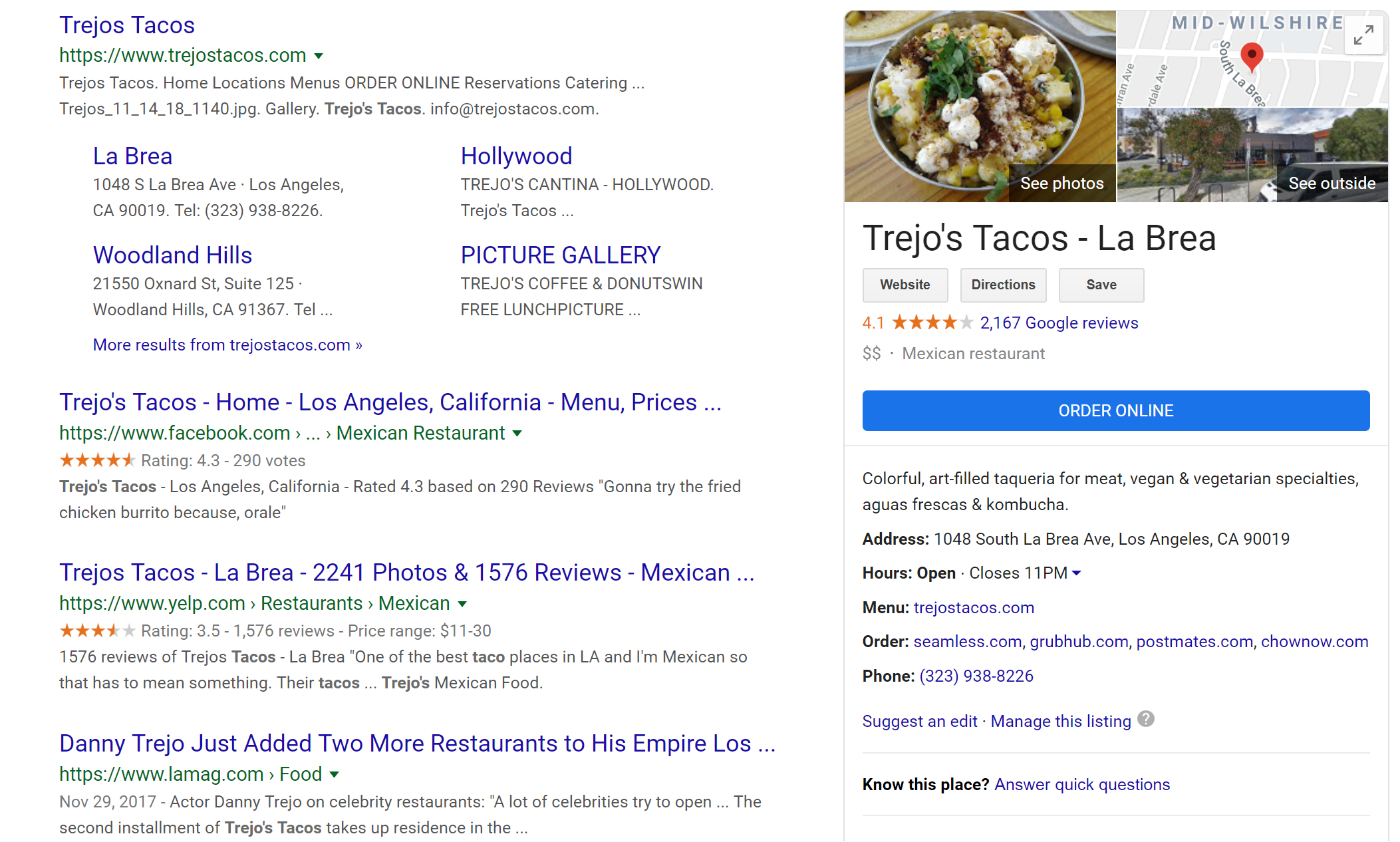
Google Maps, Yelp and other review sites make it easier for consumers to find your brand quickly and decide if they’re ready to try it out. Perform a quick search of your brand name to see how easy it is for locals to find you.
Once you’ve picked your tactics and arranged them into a strategy, it’s time to draft a formal marketing plan. By creating a written plan with clear objectives, you can measure your progress and make strategy adjustments based on your findings.
Restaurant marketing plan examples
A documented marketing strategy will keep you honest.
Here are the basic building blocks of an effective marketing plan:
- A value proposition: Before you can market your restaurant, you need to clearly define the value you bring to your customers. Remember to go beyond your food and think about the overall experience your brand offers.
- Customer personas: Effective ads target specific consumer segments. Personas help you define the psychological needs of your customers. If your typical customer is looking for a family-friendly establishment, you can create social media posts that show families enjoying a meal together.
- Measurable goals: You need to know where you want to go before you can get there. By tracking your goals over time, you can adjust your marketing strategy accordingly.
- Channels and tactics: To avoid overextending yourself, choose two or three marketing channels that complement each other. For instance, you could choose two social media platforms and publish a blog. Then, use a calendar to map out the tactics you’ll use to attract customers.
- A budget: Once you’ve developed your ideal marketing plan, it’s time to determine how much it will cost. Pick a budget that works for your business and stick to it.
Reviewing some of the most successful restaurant marketing campaigns will inspire you to do more with your own brand.
Examples of successful restaurant marketing campaigns
Taco Bell: “Taco reBELLion” campaign
The taco #reBELLion has begun. Grab a Party Pack for your crew and liberate tacos from Tuesday. pic.twitter.com/1SVMVOYIvU
— Taco Bell (@tacobell) April 22, 2019
Taco Bell’s April 2019 marketing campaign urged its customers to rally against Taco Tuesdays. The ‘80s themed campaign utilized a TV spot, a branded hashtag (#reBELLion), a promotional discount insentiving online orders and a line of merchandise.
Together, these tactics gave loyal customers multiple ways to engage with – and benefit from – the campaign. It’s a great example of multichannel marketing.
McDonald’s: “Hands Full” campaign
This McDonald’s U.K. campaign expertly follow’s Simon Sinek’s golden business rule: “Start with why.” Here’s the structure broken down:
- The ad begins by empathizing with its target audience: busy parents. We see a couple struggling with shopping trips and train rides, their hands full of toys, keys and bags. This is the “why.”
- Next, we see the parents arrive at a McDonald’s restaurant where a host asks if they’d like to try the new table service option. We begin to see how the restaurant will solve the problem.
- The ad ends with the happy family sitting down. Thanks to the new service, the parents finally have free hands, which they of course use to eat delicious McDonald’s hamburgers.
Longhorn Steakhouse: User-generated content
View this post on InstagramThe only thing hotter than our grill in 2017 were these takes from our fans. #NewYearsEve
Longhorn Steakhouse has a popular Instagram account where they post mouth-watering pictures of steaks, loaded potatoes and other grilled delights.
For New Year’s 2017, the company invited its social media followers to submit their steak-related “hot takes”. After getting this engagement on Twitter, they created an Instagram video featuring the best quotes. Not only did the campaign provide a way for customers to engage directly with the brand, it also encouraged cross-pollination between social media platforms.
Recommended reading
The best restaurants are rarely overnight successes. They succeed because their owners are passionate and hard-working. Motivated restaurateurs don’t let failure stop them; they learn from their mistakes and do better the next time.
Stay motivated and inspired with these highly recommended books:
The 1-Page Marketing Plan by Allan Dib
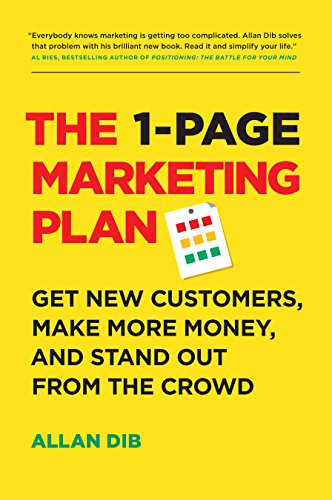
If you feel like your current marketing plan is a little scattered, this book provides insight into how to make it more sustainable.
Restaurant Success by the Numbers by Roger Fields
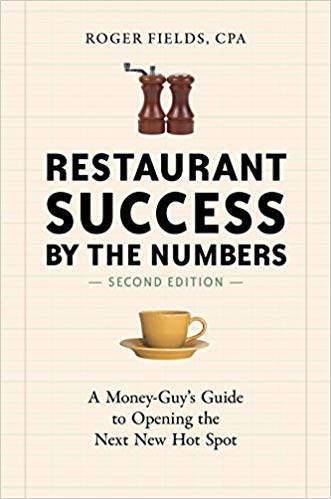
This guide is designed for first-time restaurant owners who would rather learn from the mistakes of others than their own.
Purple Cow: Transform Your Business by Being Remarkable by Seth Godin
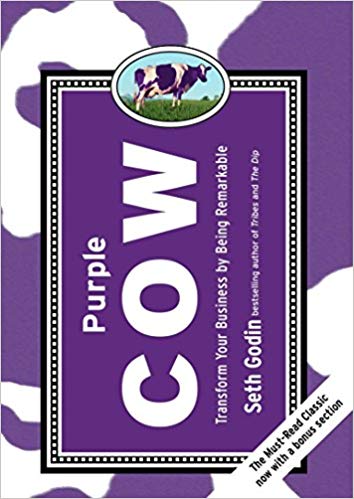
This classic’s advice on standing out in a marketplace are highly relevant to the restaurant game.
Restaurant Owners Uncorked by Wil Brawley
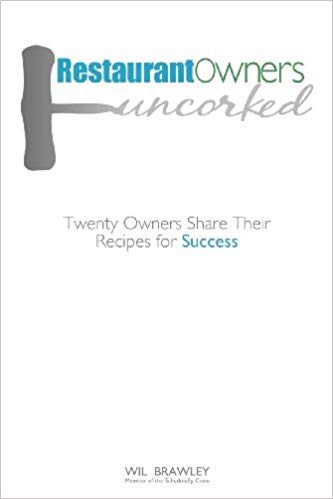
Filled with advice from successful restaurant owners, this book provides key insights into how to thrive in the culinary business.
Hungry customers have many options at dinner time. Build a strong restaurant marketing plan with our free guide and template.





